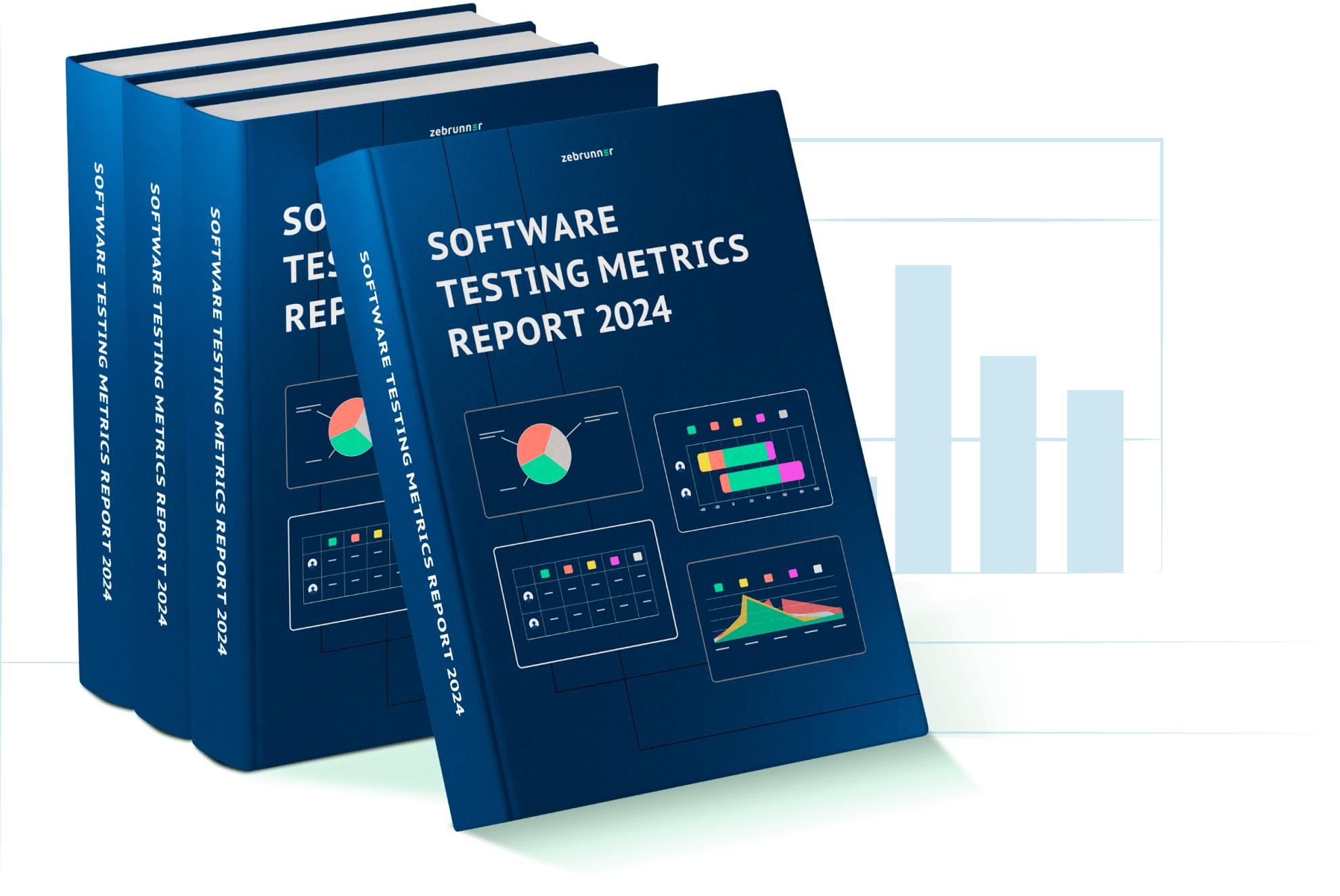What are the most important QA metrics for companies? Which reporting tools do testers use, and what essential values do they derive from measuring QA metrics?
Zebrunner delves into the QA landscape, exploring essential QA metrics and practices. With a focus on the needs of software developers and testers, the report addresses key questions about the relevance and impact of QA metrics in the industry.
The report covers:
- Software development challenges
- The role of QA reporting in SDLC
- Testing tools for measuring QA metrics
- The key values of QA metrics for the team and project
Demography
Respondents include 49% manual QA engineers, 29% test automation engineers, and others. Market segments cover technology, finance, retail, healthcare, media, and education.
Key insights:
- Shift in QA perception. The QA process, once reserved for large corporations, is now integral to the software development life cycle for all developers.
- Challenges in testing. While minimizing risks and costs is considered less important, the focus on improving software reliability and stability stands out.
- QA reporting significance. Despite underestimating reporting capabilities, 80% find QA reports crucial. Also, QA reports hold significance for various stakeholder groups.
- Essential metrics. Short-term results and routine QA processes take precedence, with test execution metrics valued by 81.3% of respondents, while test automation metrics matter to 40%.
- Tool adoption. A significant percentage of respondents don’t use special tools for QA metrics. Companies deploy diverse tools to measure QA metrics, including testing frameworks, issue-tracking software, and more.
- Time allocation. More than 1/6 of respondents spend 2 to 8 or more hours preparing QA reports. This represents a significant waste of time and human resources.
- Multi-dimensional QA value. Beyond defect detection, QA metrics offer multi-dimensional value, aiding in effort quantification, team performance assessment, and project transparency.



